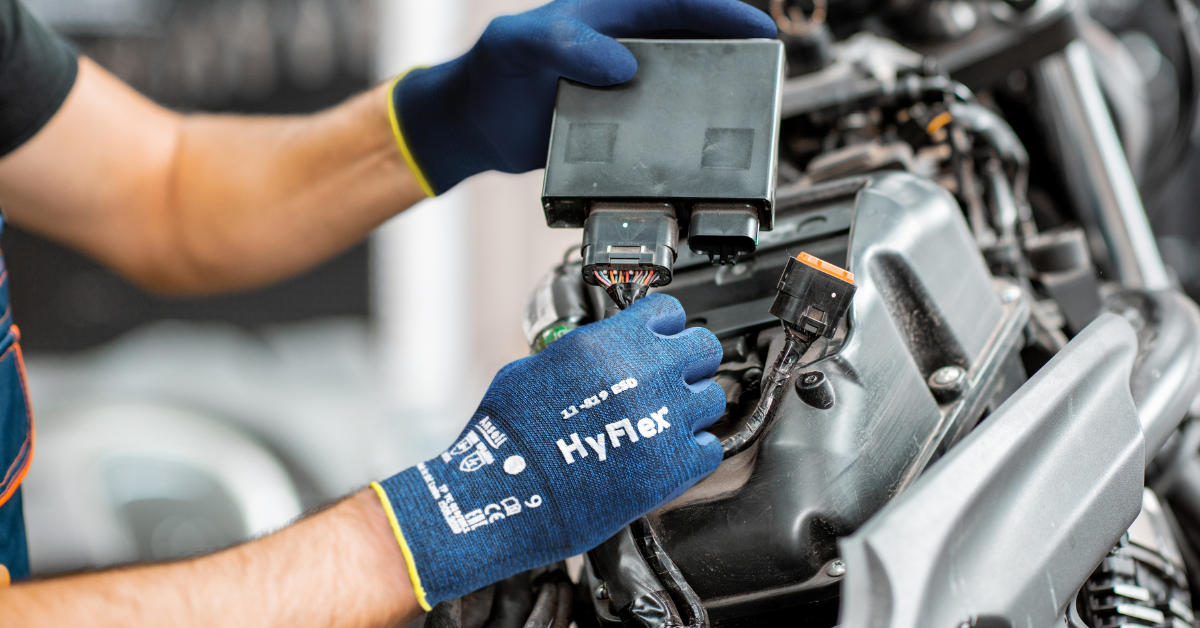Ansell puts static safety in workers’ hands
An invisible hazard lurks in many Australian workplaces - electrostatic discharge (ESD). Even a tiny static spark can ignite dust clouds, fluids or...
Confusion often leads to non-compliance and leaves workers susceptible to injury, so it’s worthwhile taking the time to understand cut level rating differences and suitability by application. One of the most significant changes was the introduction of a revised product testing methodology, resulting in an expanded performance level rating for cut resistance, based on more rigorous, repeatable and standardised testing.
While the changes were designed to facilitate easier selection of a suitable glove solution, the added cut category and expanded performance level rating can make it difficult to ascertain at a glance which of the many available options represents the best choice for the specific present conditions.
The 2016 revision of the EN388 Mechanical Protection standard, which governs protective gloves and sleeves, introduced a range of modications designed to enable safety managers and other professionals to confidently identify the most appropriate option for their specific requirements.

The EN388 2016 labelling requirements were revised and include a pictogram followed by up to six position-specific numbers or letters, which indicate test performance ratings.
For alpha ratings, A is the lowest and F the highest resistance to cut. Numeric ratings run from 1 (the lowest) to four or five. The use of an X is positions 1 - 5 indicates testing has not been done or the test is not applicable.

The performance level rating required is determined by the application and present risks. As with any personal protective
equipment (PPE) selection, the process begins with an assessment of the environment in which the hand protection will be used.
A range of additional factors also guide the choice of
cut resistant hand protection, but none more than the
application and environment.
Exposure to sharp materials and cut risk is commonplace
in most industrial environments and the degree of present
risk in specific workplace undertakings is the most useful
indicator when determining which of the six available cut
resistance ratings should be employed.
While some duties — such as metal press work — are
inherently and overtly risky, even seemingly ‘safe’ tasks,
such as screwing and unscrewing or carrying out general
warehouse duties, can leave workers vulnerable to cut
injury.
The best protective solutions are designed expressly for defined tasks or a range of typical activities and likely conditions within a specific industry sector. To ensure you identify the best possible choice, you should look for solutions for a vendor that offers a comprehensive range to options across the full cut level rating gamut.
Cut level by application — as easy as A-B-C EN ISO Cut level resistance is measured in Newtons and ranges from 2 (Level A) through to 30 (Level F).
The more weight required to cut through the glove material, the higher the rating. The following information provides guidance on the appropriate level of protection for some common industrial tasks.

Comfort
Regardless of the application, look for a lightweight solution that incorporates suitable liner materials to ensure the highest protection is also comfortable, increasing the likelihood of continual wear and adherence to PPE policy.
Grip
Often the root cause of cut injury is not the most obvious one. Failing to select hand protection with suitable grip can lead to higher injury rates, as objects with sharp edges can slip when being handled — this is exacerbated in the case of wet or oil-covered objects — resulting in a slicing motion through the glove. Insufficient grip can also contribute to other unwanted conditions including stress, fatigue and muscle strain.
Glove coatings
Cut-resistant fabrics are constructed by rolling and twisting cut-resistant fibres to deliver a material that provides suitable defence. When a coating is applied, the fibre’s cut resistance efficacy can be reduced. Most coated gloves will
provide a higher resistance on the back of the hand than the palm, as those fibres may not be coated, so this needs to be considered when assessing potential options.
Dexterity
Regardless of the task being undertaken, there will always be demand for a reasonable degree of dexterity. Bulky or ill-fitting options will often lead to removal, so it’s important to select a glove that permits the wearer to carry out tasks effectively, while still providing adequate defence.
Construction
Consider the overall construction, as well as the materials used. There are many available solutions, some of which
offer specific additional features; consider latex or silicone free alternatives where allergies are a consideration, or an anti-static option if the environment demands it.
Designed for duty
The most suitable length, fit and cuff style will all be determined by the application. Look for a manufacture that designs hand protection solutions for specific applications and makes industry-specific recommendations for each available alternative, simplifying the decision making process.
Duty level should also be factored in, as it will influence the longevity of the chosen solution. Cut protection gloves can be divided into three categories depending on the type and risk of danger the gloves should protect against.

An invisible hazard lurks in many Australian workplaces - electrostatic discharge (ESD). Even a tiny static spark can ignite dust clouds, fluids or...
.png)
Renewable Futures: Ansell Aims for Net Zero Carbon emissions have become a hot topic in the last few decades. According to CSIRO, about 90% of the...